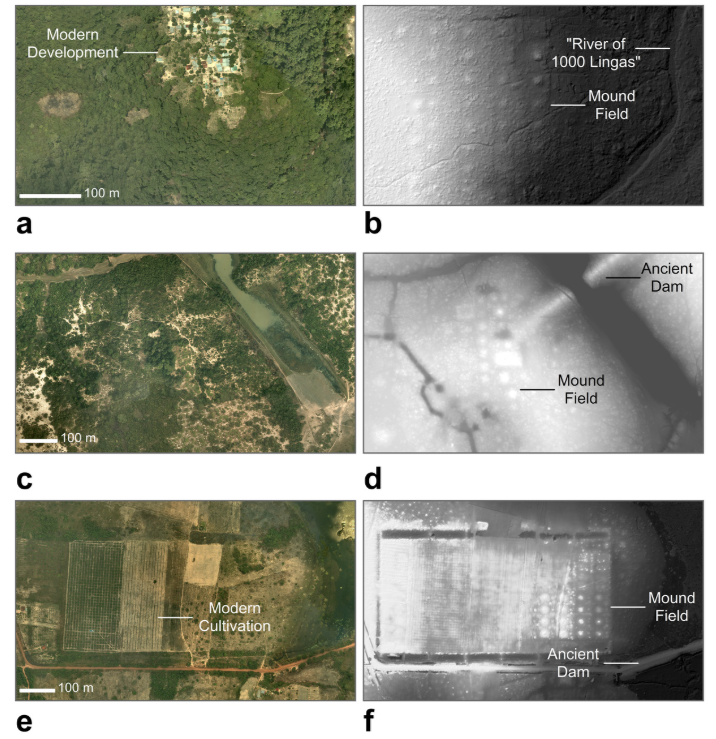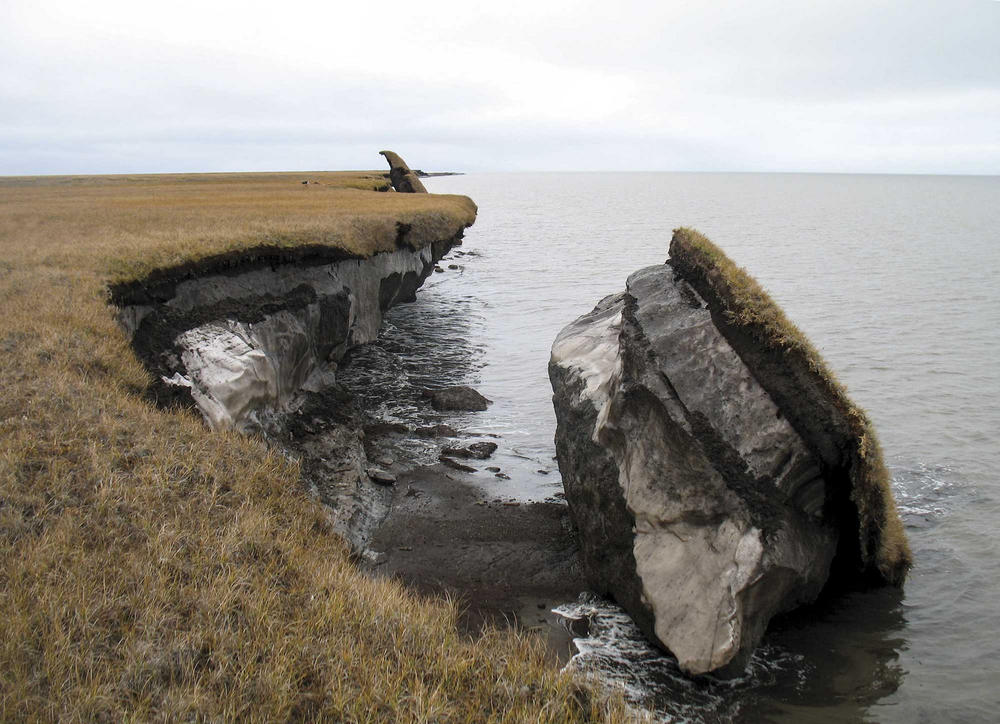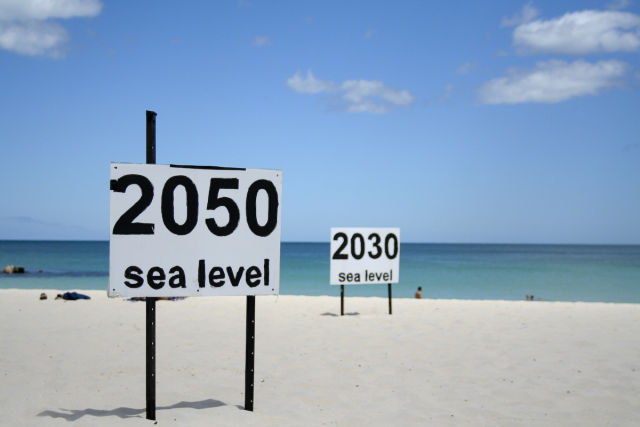THROWBACK THURSDAYS: Plight of the Bumblebee
What happened to the rusty patched bumble bee? How did it go from abundant to endangered in a couple of decades?

What happened to the rusty patched bumble bee? How did it go from abundant to endangered in a couple of decades?

The impacts of climate change can be very rapid, as with the unexpected and precipitous decrease of arctic ice in recent years, erosion of low-lying coastal areas, and increased weather instability impacting traditional crops. While the planet is reckoning with the fastest climate change effects in its history, human impact on the environment has been occurring for millennia, and newer technologies can help scientists and historians discover, investigate, and make conclusions about ancient calamities.

The effects of climate change range from nearly imperceptible to immediate and undeniable, though the rapidly increasing pace of those changes means the undeniable effects are more and more common across all human experience, no matter what climate you live in.

In "Let Them Drown," the 2016 London Edward W. Said lecture, Naomi Klein called attention, as Rob Nixon's Slow Violence and the Environmentalism of the Poor had done, to the nexus of climate change, (colonial) racism and poverty. But she shifted the spotlight onto the oft-overlooked low-lying island nations. And their current day situation is dire.
